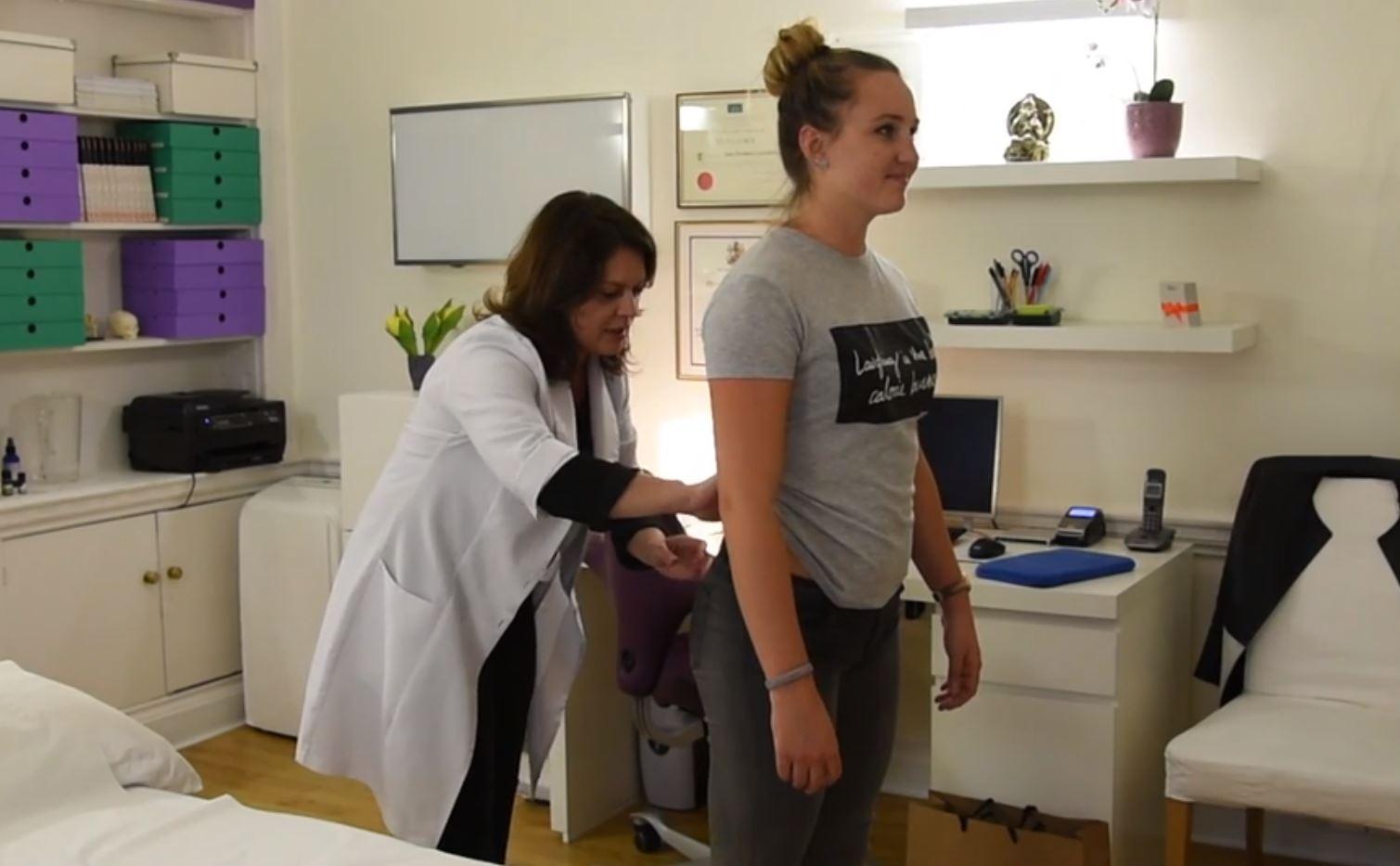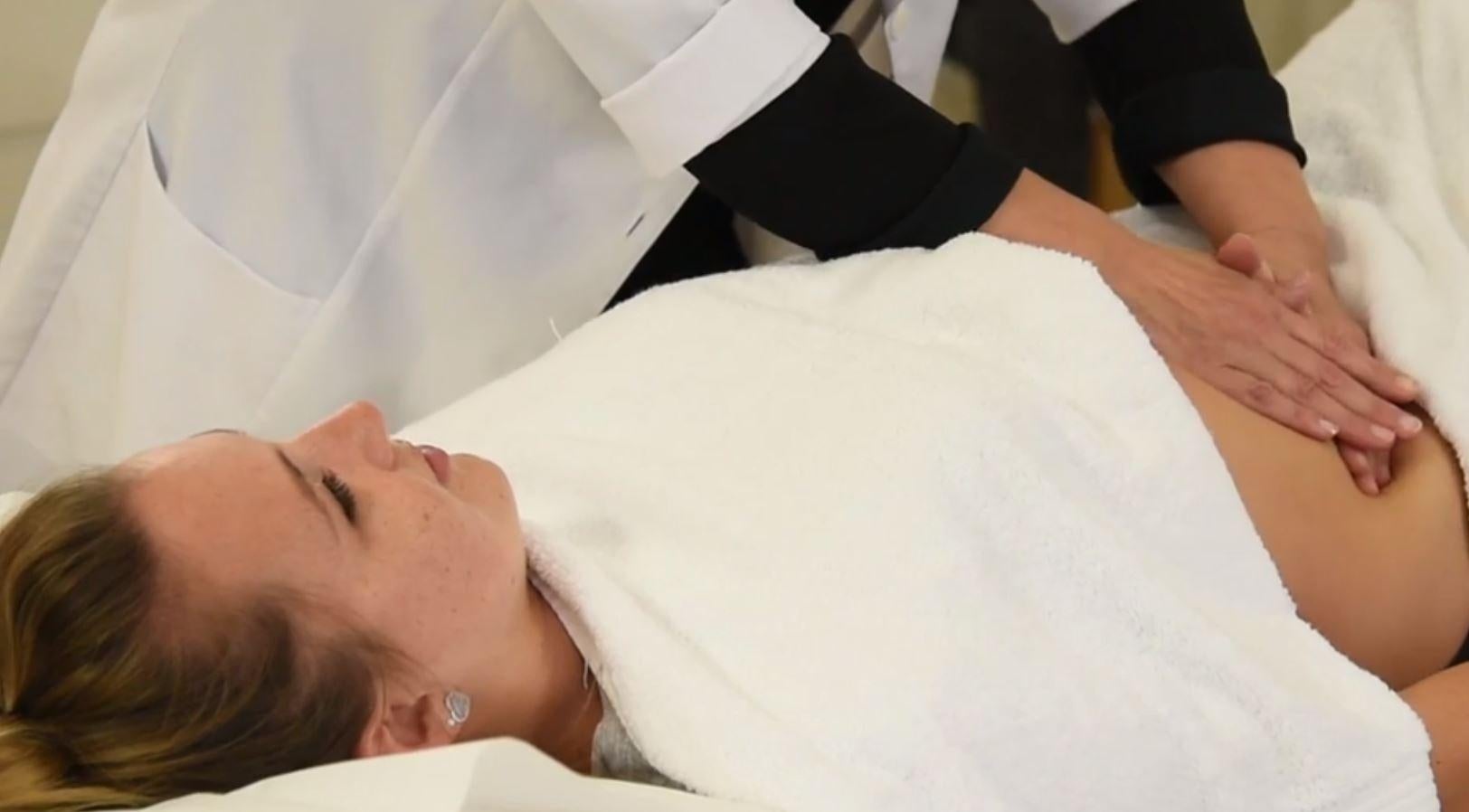Is stomach massage the key to good digestion?
The aim is to work on the connection between the gut and the brain

Your support helps us to tell the story
From reproductive rights to climate change to Big Tech, The Independent is on the ground when the story is developing. Whether it's investigating the financials of Elon Musk's pro-Trump PAC or producing our latest documentary, 'The A Word', which shines a light on the American women fighting for reproductive rights, we know how important it is to parse out the facts from the messaging.
At such a critical moment in US history, we need reporters on the ground. Your donation allows us to keep sending journalists to speak to both sides of the story.
The Independent is trusted by Americans across the entire political spectrum. And unlike many other quality news outlets, we choose not to lock Americans out of our reporting and analysis with paywalls. We believe quality journalism should be available to everyone, paid for by those who can afford it.
Your support makes all the difference.In recent years, increasing emphasis has been placed on gut health and digestion.
We’re all drinking kefir and eating sauerkraut in pursuit of a healthy gut, but many of us still have digestion issues.
However, there’s one little known technique that could be the key to good digestion, and that is Visceral Osteopathic Treatment (VOT).
The treatment essentially involves massaging your stomach - but don’t be thinking this is some sort of relaxing spa experience, and it’s certainly not a process that’s meant to leave you with a flat stomach.
It’s usually used on people with acid reflux or constipation and is about increasing the mobility of your gut.
By massaging the stomach, the aim is to work on the connection between the gut and the brain.
I went along to experience the treatment and find out how it works from Dr Iona Bramati of IBC Care, who is a specialist in VOT.
The treatment
In a stylish, bright and spacious treatment room in a smart townhouse in central London, Dr Bramati talks me through the process and we get cracking.
First thing's first, she asks me to stand in front of her and lift up my T-shirt a little.

“Oh dear,” she says.
“What!?” I ask, panicking about what could be so obviously wrong with me. It turns out my natural posture entails my hips being tilted forward, creating an arch in my lower back and making my stomach appear larger than it is, which isn’t ideal.
Next I lie down on the table and Dr Bramati gets to work, pressing deep into my stomach and massaging.
It feels absolutely bizarre.
Usually when you have a massage, the stomach is left well alone, so having someone pressing down into my gut feels strange. It’s not exactly painful, it’s just weird.

I can really feel her reaching my organs though and I start to feel confused as to whether I’m hungry or might need to run to the loo.
I turn on to my side so Dr Bramati can get to a different angle, before standing up to continue the treatment on my feet.
It’s certainly an unusual process, and one not many people know exists.
“The awareness of visceral osteopathic treatment is not yet widely spread,” Dr Bramati tells me.
“Some people are aware that psychological stresses may potentially influence GI homeostasis by affecting the gut-brain axis, consequently becoming the precursor of functional GI diseases, such as IBS.”
How does it work though?
“Visceral osteopathy is used to optimise blood and lymphatic supply to the internal organs aiming to restore its function.
“The internal motility of the viscera such as peristaltic movement’ cardiac movement and blood and lymph circulation is generally activated via skeletal movement such as walking, running or exercising.

“Visceral osteopathy uses a non-invasive mobilisation of the internal organs aiming to restore the normal GI function such as peristalsis.”
The idea is that by using low invasive techniques to massage the abdominal area, you can help restore a visceral physiological balance.
“You cannot disconnect visceral osteopathy from touch,” Dr Bramati says. “We, osteopaths, use our hands to palpate and treat imbalances of the body. Therefore touch may be one of the steps in the healing process.”
Did it work for me?
My digestion probably could be better, but as a general rule I don’t suffer from huge issues, so I’m probably not a prime candidate for the treatment. I also only had one session, and Dr Bramati says the more you see her, the better your results will be.
When I left IBC Care, I did feel strangely light, but I didn’t notice any real change in my digestion afterwards. Perhaps my gut was working better, but there was nothing I could pick up on.
Interestingly, 50 per cent of Dr Bramati’s clients are autistic children, and she is the only osteopath in the world who holds a doctorate degree on visceral osteopathy applied to autistic children suffering from gastrointestinal problems.
Her research found that the treatment can have a “significant and important impact on the quality of life and wellbeing of autistic children.”
Whether VOT is the magic pill people who suffer from digestive issues are after remains to be seen, but it certainly stimulates the gut which is no bad thing.
Join our commenting forum
Join thought-provoking conversations, follow other Independent readers and see their replies
Comments